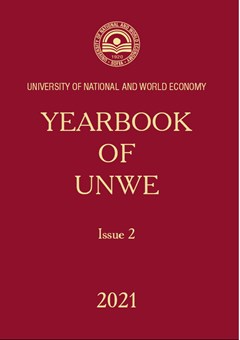Comparative Analysis of the Cyber Security Capabilities Maturity Models
Author: Venelin Georgiev
Abstract
Everything that is being done in the field of cybersecurity, cyber resilience and the fight against cybercrime can be focused on one term and that is the term cybersecurity capabilities. Cybersecurity capabilities demonstrate the ability to implement policies, standards, guidelines, and operational procedures for the security of information systems, networks, applications, and information. In turn, cybersecurity capabilities are a dynamic object that is built, maintained, developed, modified and adapted to the changing security environment. The dynamics of security capabilities require measuring the degree of their maturity and comparing them with the target levels. The article makes a comparative analysis of existing models for assessing the maturity of cybersecurity capabilities, thus creating an opportunity for a reasoned choice of such a method for the needs of specific assessment.
JEL: А10, F60

